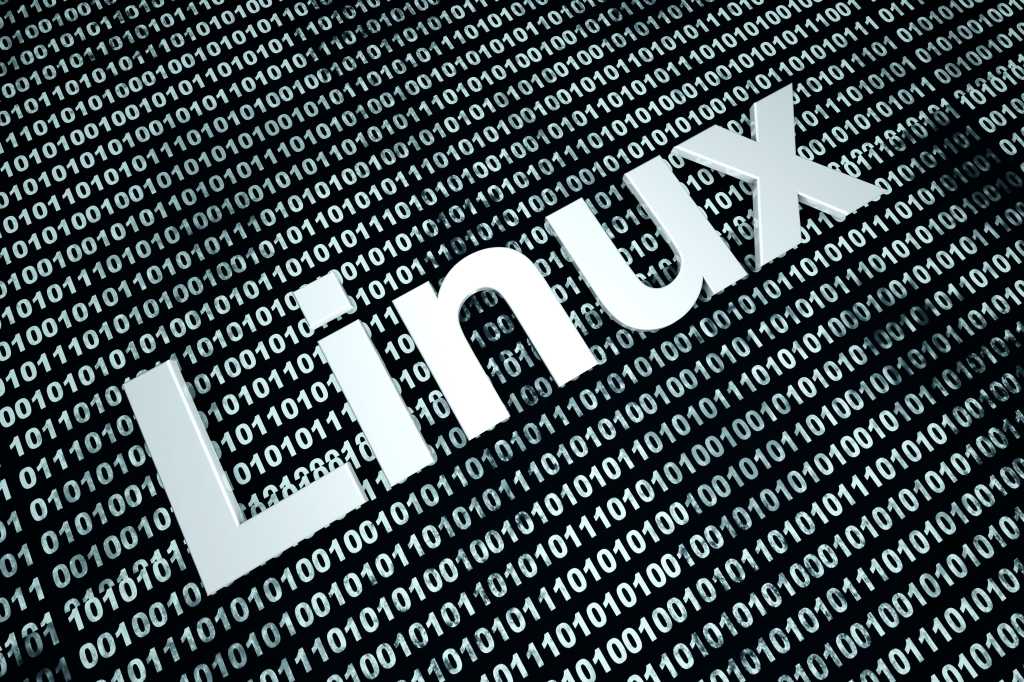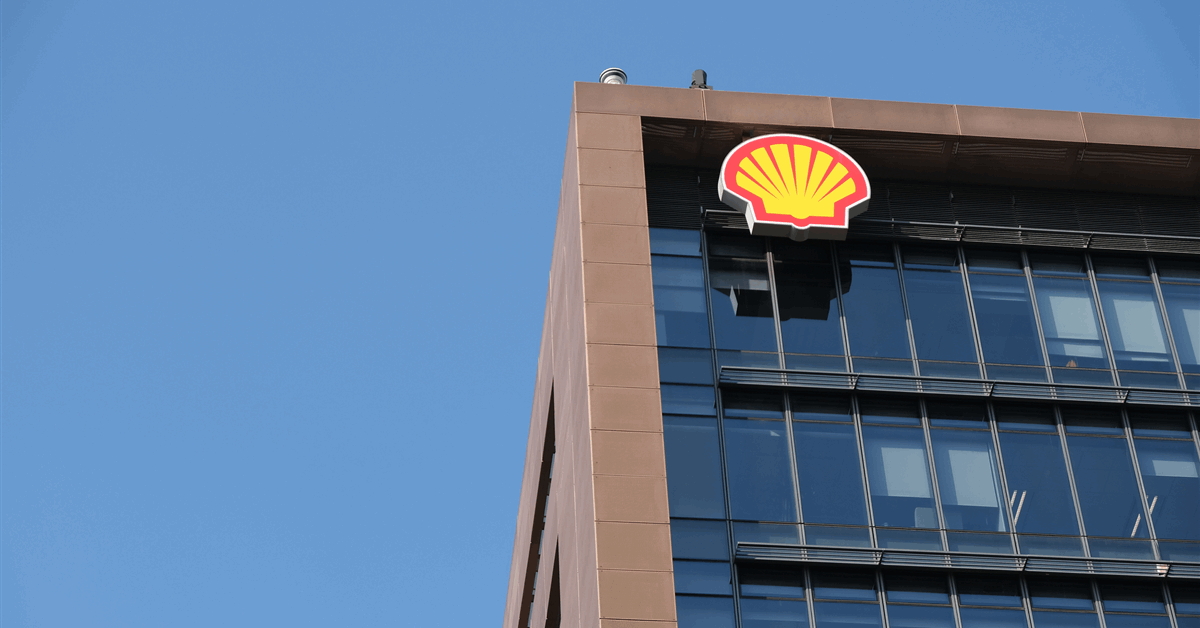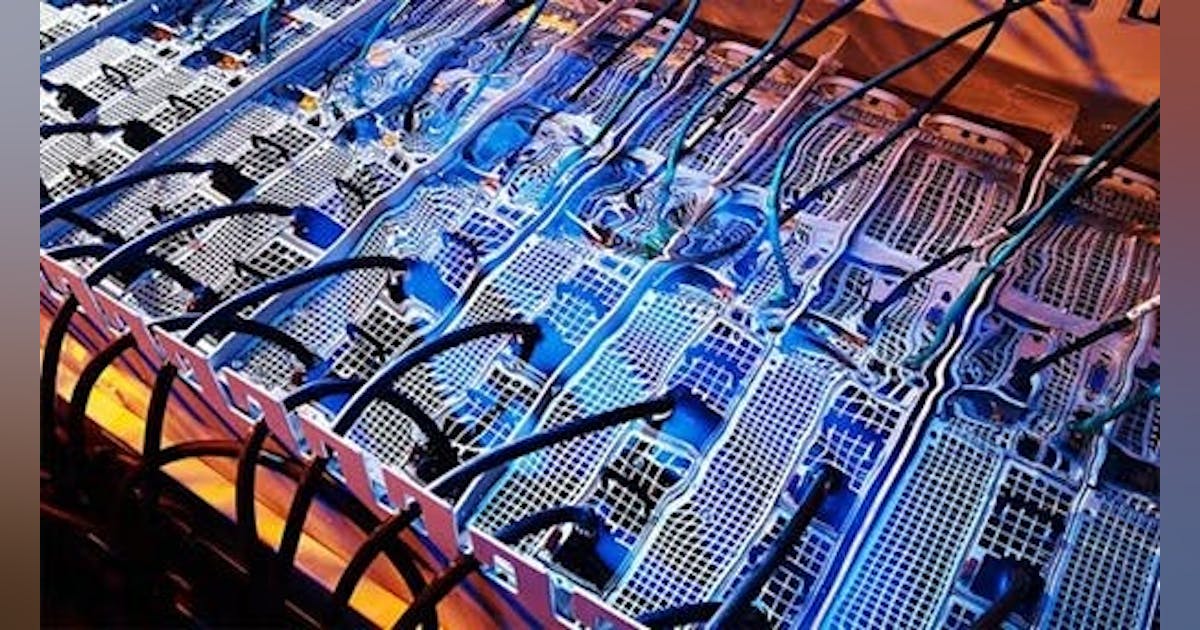
OMV Aktiengesellschaft, Vienna, has commissioned a new plant for converting end-of-life plastics into circular feedstocks at its 204,000-b/d integrated refining complex in Schwechat, Austria.
In service as of Mar. 20, the new plant uses OMV’s proprietary ReOil technology to process up to 16,000 tonnes/year of hard-to-recycle, post-consumer mixed plastic waste into pyrolysis oil, which serves as a feedstock for producing sustainable base chemicals that are subsequently converted into everyday applications such as food packaging, healthcare products, and components for electric vehicles, OMV said.
Part of OMV’s strategy to achieve climate neutrality across its operations by 2050 at the latest, startup of the ReOil chemical recycling plant and its production of circular, virgin-quality plastics will reintegrate the equivalent annual plastic waste generated by 160,000 Austrian households otherwise remaining unrecyclable into the value chain, the company said.
By 2030, OMV estimates the new ReOil plant’s chemical recycling of post-consumer mixed plastic waste can achieve a 34% reduction in carbon dioxide (CO2) emissions compared to the alternative incineration of that waste, according to the operator.
Commissioning of Schwechat’s ReOil plant follows the refinery’s on-premises testing of the technology in a pilot plant that began operating at the site in 2018 (OGJ Online, May 10, 2019).
Achieving nearly 30,000 cracking hours to date, OMV said the ReOil pilot plant sustainably processed more than 2.1 million kg of plastic waste during the trial period, prompting the decision to move forward with construction of the larger, upscaled plant.
Future ReOil plant
Confirmation of the plant’s startup comes just a week after OMV secured up to €81.63 million in funding from the European Climate, Infrastructure and Environment Executive Agency (CINEA) for a proposed first-of-its-kind, full-scale ReOil plant in Austria that would process up to 200,000 tpy of used plastics otherwise destined for landfills or incineration.
Part of the European Union’s (EU) Innovation Fund program—one of the largest global programs for promoting innovative low-carbon technologies that focuses on highly innovative technologies and flagship projects in Europe aimed at achieving major CO2 emission reductions—OMV confirmed the Mar. 11 CINEA grant represents the largest public funding the company has ever received for a standalone project.
Awarded to OMV Downstream GMBH, the grant will specifically fund OMV’s ReOil 25000 project that—if approved—would become Europe’s largest chemical recycling plant, reaching a relative greenhouse gas (GHG) emission avoidance of 115% the 2021-25 EU ETS benchmark of 6.84 tCO2e/tH2 by avoiding nearly 2.2 million tpy of CO2e over its first 10 years of operation, according to the project’s official EU Innovation Fund description.
While OMV said final investment decision on ReOil 25000 remains subject to approval, EU Innovation Fund confirmed the project is scheduled for an anticipated financial close date of Mar. 31, 2027, for a proposed start-of-operation date on Sept. 30, 2029.






















